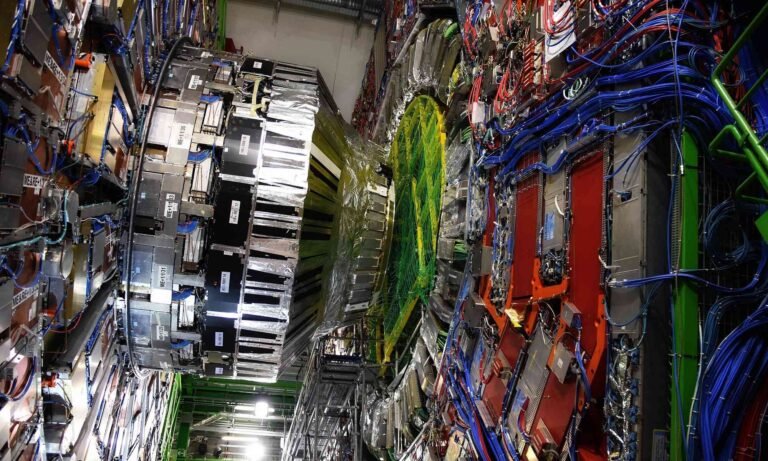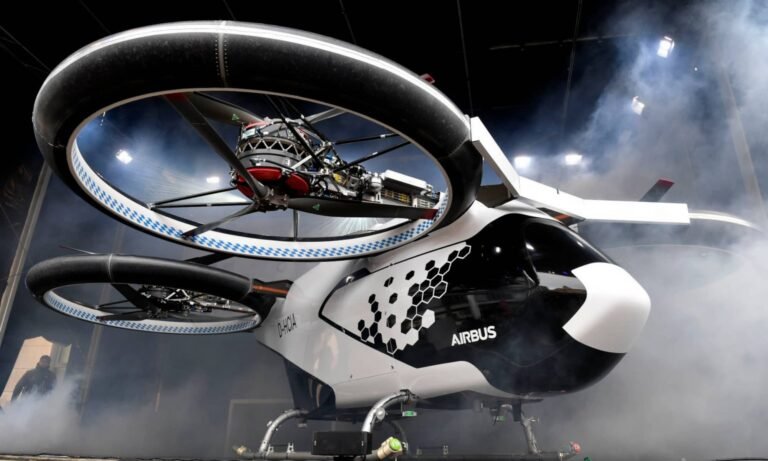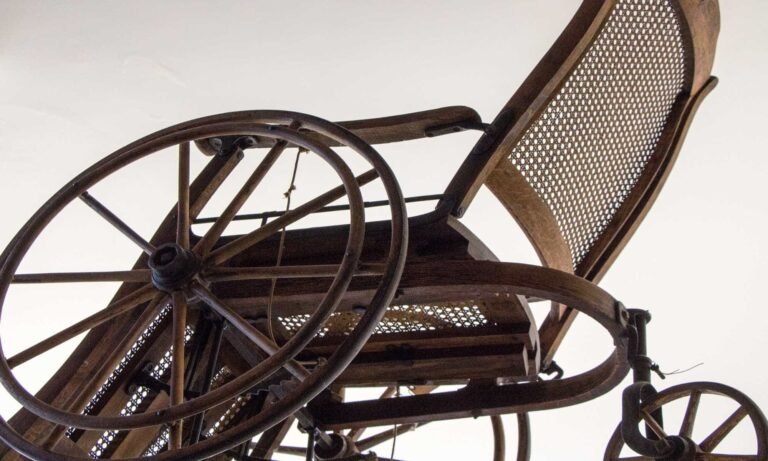3D Printing
3D Printing: The Future of Manufacturing
3D printing, also known as additive manufacturing, is a transformative approach to industrial production that enables the creation of lighter, stronger parts and systems. It is a process of making three-dimensional solid objects from a digital file. The advent of 3D printing has seen a significant shift in the way we conceive and produce objects, from simple household items to complex aerospace components. The technology operates on an additive principle, where successive layers of material are laid down in different shapes. This method allows for the creation of complex shapes and internal structures that would be nearly impossible to achieve with traditional subtractive manufacturing methods.
The Essence of 3D Printing
At its core, 3D printing is the construction of a three-dimensional object from a computer-aided design (CAD) model or a digital 3D model. The process involves layer-by-layer material deposition, where materials such as plastics, liquids, or powder grains are fused together to form the final product. This method stands in stark contrast to traditional subtractive manufacturing, which involves cutting away material from a solid block to achieve the desired shape.
Furthermore, 3D printing promotes sustainability as it reduces waste by using only the necessary amount of material to build an object, layer by layer. This contrasts with traditional manufacturing methods that often involve cutting away significant portions of material. Additionally, 3D printing can utilize a range of materials, including plastics, metals, and composites, broadening its application across various sectors.
The Evolution of 3D Printing
The versatility of 3D printing is not just limited to creating prototypes; it has evolved to become a part of the manufacturing process for end-use products. Industries such as automotive, aerospace, and medical have embraced 3D printing for its ability to produce lightweight, complex, and customized parts quickly and efficiently. For instance, in the medical field, 3D printing is used to create patient-specific implants and prosthetics, while in aerospace, it is utilized for producing components that reduce the overall weight of aircraft, leading to improved fuel efficiency.
As the technology continues to evolve, the cost of 3D printers is decreasing, making it more accessible to small businesses and hobbyists. Online platforms like Thingiverse allow individuals to share and download digital designs, fostering a community of innovation and collaboration. Educational institutions are incorporating 3D printing into their curricula, preparing the next generation of engineers and designers for a future where digital fabrication is commonplace.
Applications Across Industries
The versatility of 3D printing is evident in its wide range of applications. In the medical field, it is used for creating custom prosthetics and dental implants. In aerospace, it allows for the production of lightweight components that reduce fuel consumption. The automotive industry benefits from rapid prototyping, which accelerates the design process and testing of new vehicle parts. Even in fashion and architecture, 3D printing is pushing the boundaries of design, enabling the creation of intricate patterns and structures.
One of the most significant advantages of 3D printing is its potential for customization. Unlike mass production, which relies on economies of scale, 3D printing can economically produce small batches of customized products. This aspect is particularly beneficial for industries like dentistry and orthopedics, where every item can be tailored to fit the unique needs of each patient.
The Future Outlook
As 3D printing technology continues to advance, its potential applications seem limitless. The ability to produce complex shapes and internal structures not only optimizes material usage but also opens up new possibilities in design and functionality. The future may see 3D printing playing a crucial role in sustainable manufacturing practices, reducing waste and energy consumption.
The future of 3D printing holds immense potential. With advancements in materials science and printing technology, the scope of what can be printed is continually expanding. Researchers are exploring the use of 3D printing for building habitable structures on other planets using local materials. There’s also ongoing development in bioprinting, which aims to print tissues and organs for medical use, potentially revolutionizing organ transplants.
Conclusion
In conclusion, 3D printing leads the fourth industrial revolution with unmatched customization, efficiency, and complexity. It redefines design, manufacturing, and product lifecycles, promising limitless possibilities and reshaping our world.
Bioprinting
Bioprinting: The Frontier of Regenerative Medicine
Bioprinting, a term that may sound like science fiction, is a revolutionary technology that is rapidly advancing the field of regenerative medicine. This innovative process, also known as 3D bioprinting, combines the precision of 3D printing with the use of biomaterials to create structures that closely mimic natural tissues, bones, and blood vessels.
The Journey of Bioprinting
The journey of bioprinting began around 2007, when it was first used in medicine. Since then, it has evolved to aid in drug research and the creation of cell scaffolds, which are instrumental in repairing damaged ligaments and joints. The process involves a meticulous layer-by-layer method, depositing materials known as bio-inks to construct tissue-like structures that can be used in various medical applications.
Applications and Innovations
One of the most exciting applications of bioprinting is its use in testing regenerative medicine. For instance, the Wyss Institute at Harvard has developed a bioprinter capable of producing vascularized tissues on a chip. This innovation allows researchers to supply nutrients to the tissue, monitor growth, and explore new techniques in regenerative medicine and drug testing.
How Bioprinting Works
Bioprinting starts with a blueprint, often a scan of the patient, which guides the bioprinter to recreate tissue using thin, precise layers. The materials fed into the printer, including living cells, synthetic glue, and collagen scaffolds, are solidified as they come out, creating a three-dimensional object. Living cells, referred to as bioink, are either taken directly from the patient or derived from adult stem cells, allowing for a personalized approach to tissue engineering.
Challenges and Future Directions
Despite its promising potential, bioprinting faces several challenges, particularly in translating bioprinted cellular constructs into clinical applications. The complexity and the sheer number of cells required to create functional organs present significant hurdles. However, ongoing innovations continue to push the boundaries of what’s possible, from bioprinting extracellular matrix to creating scaffolds for joint and ligament regeneration.
Conclusion
Bioprinting is revolutionizing medicine, offering hope for organ transplants and tissue repair. As it evolves, it could soon become a staple in treatments, changing lives and healing in unimaginable ways. Its potential to enhance human health is inspiring.
What’s More
The posts in My Blog feature reflective, story-driven pieces rooted in personal and societal insights.
The topics in My Interests explore abstract, philosophical ideas and their cultural and societal impact.
👁️ 7,931 Views














